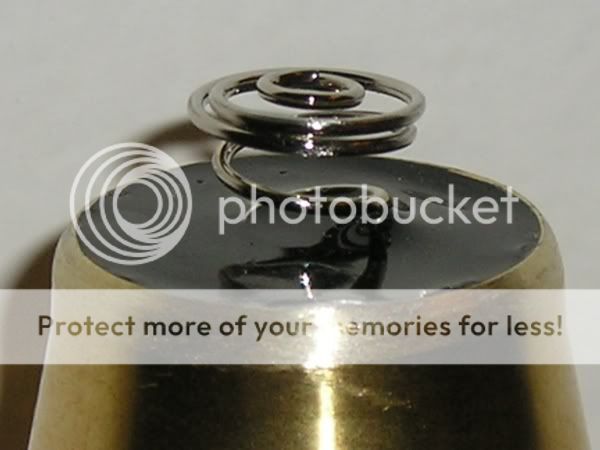By leaving the gap, you ensure that the module has 100% contact with the light body tube. This is to ensure the heat sinking capability of the module that it was designed for. Gene made it this way for the same reason. If too much metal is taken off, the module want heat sink correctly and my suffer damage. If the gap is 1mm or less, you are better off leaving it.
This doesn't make sense to me, based on observation of how my M30 fits inside the top of a SureFire body.
The M30 brass heat sink is cylindrical at the top nearest the optic. It then tapers for a bit, and then becomes a narrower cylinder shape again. The topmost cylindrical section fits the cylindrical shape of the SF 6P neck, regardless of any grinding off of the bottom edge of the Malkoff body. That section is about 14mm long and represents the majority of the thermal contact between the brass heat sink and the SF flashlight body, so removing some material from the drop-in so that the bezel screws down the last 1mm seems inconsequential.
The bottom of the drop-in contacts the bottom of the SF 6P neck. In an old-style round body 6P, the lamp "well" at the neck is completely cylindrical and ends with an unanodized ledge. Normally, that's where the P60 incandescent lamp's outer spring makes ground contact. That wide ledge contacts the bottom face of the Malkoff drop-in, preventing the drop-in from going downward any farther. For the round body 6P, you get a large gap of ~2.5mm.
In a new version 6P body, the "well" has a different shape and allows the Malkoff to sit a little lower down in the body. But apparently there is enough manufacturing variation that sometimes you still get a small gap.
In my "parts" 3P, which uses an old-style LU60 (which essentially has the internal shape of a weaponlight), my Malkoff M30 fits without any gap and without need of the beryllium copper ring, another indication of manufacturing tolerance producing different results for different people.
However, in all cases, simple observation shows that most of the thermal contact between the Malkoff brass heat sink and the flashlight body occurs at the larger diameter cylindrical section of the brass. If I ground the bottom edge of the Malkoff a bit, in fact I think that the thermal contact would increase because instead of a thin edge of brass touching the bottom of the well, more of the drop-in would now contact the flashlight body at the sides of the narrower diameter cylindrical section.
The thermal contact for all of these 6P drop-ins can be vastly improved by wrapping a little bit of metal foil around the drop-in body to make more intimate contact with the flashlight well.



